Delivery, installation and use of a tank
DELIVERY
- Because we do our best to deliver your goods to you in the best conditions, all the tanks received at our warehouse are pressure-washed and scrubbed with a commercial degreaser. The tanks are then stored indoors, sheltered from the weather and the sun. In order to protect them during transport, all small and medium tanks that are unstable during transport, are tied upright on a standard 48" x 48" pallet size. Larger tanks that are unstable but too high to stand on, are palletized on their side, to prevent them from rolling into the truck.
Vertical closed-top tanks of 4,000 US gallons and above are shipped on an open flatbed. This type of transport results in an additional delivery time of 24 to 48 hours.
Make sure you have read the delivery limitations of the tank you wish to purchase to ensure you have all the equipment required to remove the tank from the truck (such as 6- or 8-foot forks). By reviewing the tank's delivery limitations and conditions, which can be found on the product detail page on our website, you can ensure worry-free delivery.
UNLOADING AND INSPECTION
- If the tail gate is not used during delivery, or if the tank is too big for its use, it is the customer's responsibility to take the goods out of the truck and put them on the ground. When taking your tank out of the truck, be sure to avoid any sharp objects that could damage it. Care must be taken when moving the tank with a forklift, as the forks are sharp and can easily puncture it. If your tank is equipped with a bulkhead fitting, do not place the tank on it, or let it roll on it, as it could break.
- Upon delivery, immediately inspect your merchandise for any damage that may have occurred during transit. If you notice that damage has been sustained that your tank is defective or that there is a missing part, a note must be entered on the carrier's waybill and you must notify us within 24 hours of receipt of the merchandise. Contact us, or call the customer service at 450-471-2772 Ext. 0 or write to us at info@agrico-plastics.com.
- Please note that upon receipt of your tank, the white walls of the tank may appear dirty, it is because they are stained. This is unfortunately beyond our control, because when the tanks are fabricated at the manufacturer's plant, they are stored outside. Once ready for delivery to our warehouse, they are loaded into a 53-foot closed trailer van without being palletized, so during transport between the manufacturer and our warehouse, the tanks rub against each other, as well as on the floor and the walls of the truck, and by default they get dirty. They can arrive to our plant already dirty and scratched. You can spray a degreaser on the stains and leave for 5 minutes before washing with the pressure washer.
- All tanks are made by the process of rotational moulding, and this process makes them inherit the surface characteristics of the mould. It is therefore normal that bumps and irregularities are found on your tank. These imperfections have no impact on the structural integrity of the tank.
INSTALLATION
- It is wise to install your tank in an easily accessible place to facilitate maintenance or repair if necessary.
- For safe storage and to avoid damaging the tank, it is important to prepare the surface where it will be installed. Outside, it is important to lay it on an even and compact ground such as sand, earth or fine gravel. For large tanks with a higher weight, a concrete base is recommended. All tanks stored outside should be tied down to prevent them from moving in windy conditions.
- Vertical open top tanks, vertical closed top tanks, open top conical bottom tanks and closed top conical bottom tanks can be tied down to the ground using anchors and steel cables, while horizontal tanks can be bolted to the ground or to a trailer floor using the steel bands kit which is included with the large size tanks, and it is sold separately for smaller formats. All plastic tanks that do not includes the tie-down steel bands kit can also be attached with nylon straps.
- Once the tank is filled, because of the weight of the liquid, it must be entirely supported on a solid and smooth surface in order to avoid pressure points which could pierce the base. For example, during a transport application, the tank must not exceed the floor of the trailer or the pickup box. During a storage application, it is not recommended to put a tank filled with liquid on a wooden pallet because of the gaps between the boards which cause linear pressure points.
- For safety reasons, when the tank is intended for transport, it is important to choose a tank that has been specially designed for this use. Once installed on a trailer, in the box of a pickup truck or on any other vehicle, the tank must be fixed and secured in place using straps or with steel hoops specially designed for this purpose. Steel bands hoops are mandatory on all round horizontal tanks of 725 US gallons and over, as well as on all elliptical horizontal tanks, regardless of their volume.
- Before using your tank for the first time, it is prudent to carry out a hydrostatic test, by filling it with water. This test will allow you to make sure that your tank does not have a leak. It is recommended that you fill your tank and let it sit for a minimum of 5 hours before emptying it.
- You can disinfect the interior by washing it with a solution of water and bleach, 1 part bleach to 10 parts water.
- Flexible joints must be used in your piping connection to prevent damage from occurring due to natural expansions and contractions of the tanks.
- No heavy equipment should be placed or attached to the tank, it must be supported separately from the tank otherwise you could damage the tank and cause it to leak or break.
- If you must enter the tank, please follow the CNESST guidelines and regulations for confined spaces, so as to comply with the standards of a safe and approved environment.
USAGE TIPS:
USAERATION AND VENT
- All plastic tanks absolutely require a vent to function well and must be operated at ambient atmospheric pressure. They are not designed for pressure applications.
- A vent is necessary to allow air to enter the tank when the liquid comes out, and to let air out when it is filled. It is important to check if the tank you want to buy is equipped with a vent, which is, if there is one, always integrated directly into the lid. In case of absence, it is imperative to install an independent vent on the tank. The vent will then be installed through the tank wall, not into the lid, as it may crack. We offer vent installations or you can install it yourself.
- The vent included in the lid is perfect for filling or emptying the tank by gravity, simply open the valve and let the tank empty. When a high-flow pump is connected to the tank, or a pump with a diameter larger than the diameter of the included vent, it is recommended to add an additional vent to ensure sufficient air exchange. You will thus avoid endangering the structural integrity of the tank, either by a possible overpressure during filling, which would cause the walls to swell, or which would cause a negative pressure during emptying, which would cause the walls to collapse towards inside. Finally, the lack of air exchange could also affect the proper functioning of a pump that would be connected to the tank.
DECHEMICAL COMPATIBILITY
- You must ensure the chemical compatibility between the fluid to be stored and each of the components of the tank. It is important to check that the materials of the tank, fittings, seals and all other accessories or equipment that you wish to add to the assembly are compatible with the liquid to be contained. The different chemical compounds, their concentrations, the temperatures of use, the environment, the cleaning products, etc. are all factors that can affect tanks and their accessories differently.
- We make no warranty and accept no liability for the information provided on the chemical compatibility between your fluid and the tank and its components. It is your responsibility to confirm this information by referring either to the MSDS of the product or to any other documentation related to your product, or by informing yourself directly with your supplier of chemical products and your supplier of pumps and other equipment.
RELATIVE DENSITY (SPECIFIC GRAVITY)
- It is important to validate the relative density of the liquid to be stored in the tank so that it is lower than the maximum relative density of the tank. This way, a leak or breakage can be avoided. The relative density of a tank is always measured for use at 22°C. Relative density (DR) or specific gravity (GS) is a dimensionless quantity, as it is the ratio of density or weight. When we say that the tank has a density of 1.5 for example, this means that it can contain a liquid which has a maximum density of 1.5 at 22°C. If the density of the liquid is greater than the density of the tank, the walls of the tank will swell under the pressure of the liquid and could break. The more the temperature of a liquid increase, the more the molecules of the fluid move apart, and the more density decreases. If the temperature drops, the density of the liquid increases. Make sure you buy a tank with an adequate relative density of the liquid to be contained taking into account, the operating temperature variations.
ADDITIONAL INFORMATION
- The tanks are all made of polyethylene and can be used outdoors all year long without any problem. The operating temperature for continuous use is -40°C to 49°C (40°F to 120°F), however, it is imperative that the fluid do not freeze in the tank. Also, the tank should be protected against impacts, as much as possible, when kept at a temperature below 4°C (40°F), because plastic, like any other material, is a little more fragile when it is cooled. The resin of all tanks contains a treatment against U-V rays preventing the plastic from cracking in the sun.
- No liquid, not even water, should freeze in the tank, as the walls of the tank may crack when the ice swells. If it is stored outside during the winter, it must always be completely emptied before freezing. In case of rain, water could accumulate inside the tank due to the vented lid. It is therefore strongly recommended to leave the drain open or to open the valve so that the tank can drain all winter long.
Plastic fittings installed on a tank are designed to be tightened by hand only, plus an additional quarter turn. Refer to the specific tightening torque indicated on the fitting’s technical datasheet. Over-tightening the threads may cause a crack beneath the fitting, leading to a leak. If you notice a leak, first make sure the fitting was properly tightened during installation, or that it hasn’t loosened slightly over time due to vibration in the system. Note that the tightening screw must be turned counterclockwise. If the fitting is properly tightened but still leaking, it should be disassembled and checked to ensure that: there is no foreign material preventing proper sealing between the gasket surface and the tank wall; the gasket is not damaged; and any plastic shavings or residues around the hole were properly removed after drilling. After these checks, if the fitting continues to leak, it should be replaced, as the threads are likely damaged.




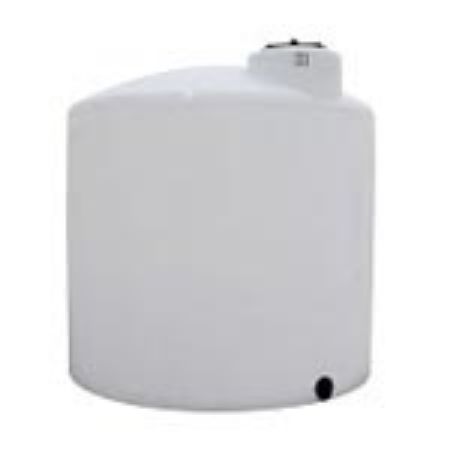 Vertical Closed Top Storage Tanks
Vertical Closed Top Storage Tanks  Free Standing Horizontal Tanks
Free Standing Horizontal Tanks 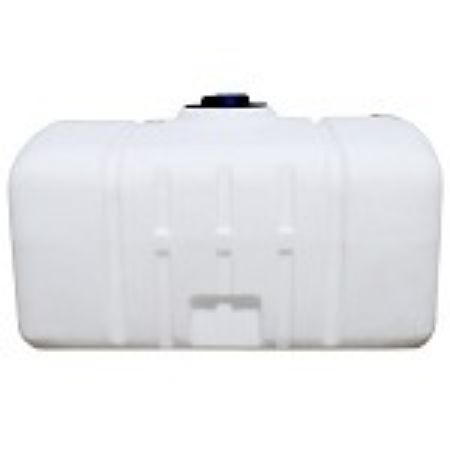 Rectangular Utility Tanks
Rectangular Utility Tanks  1000 Litre IBC Tanks (Cage Tote)
1000 Litre IBC Tanks (Cage Tote) 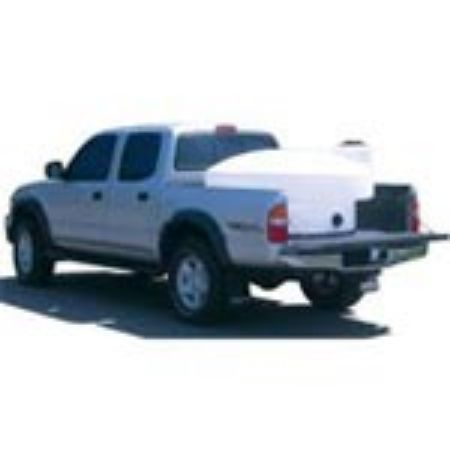 Pick up Tanks
Pick up Tanks  Double Wall Tanks
Double Wall Tanks 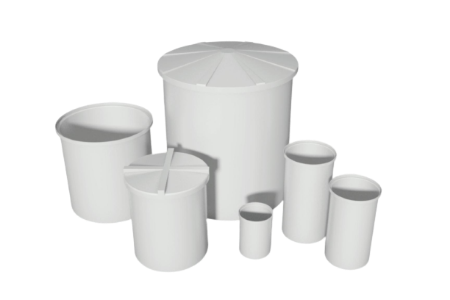 Vertical Open Top Storage Tanks
Vertical Open Top Storage Tanks 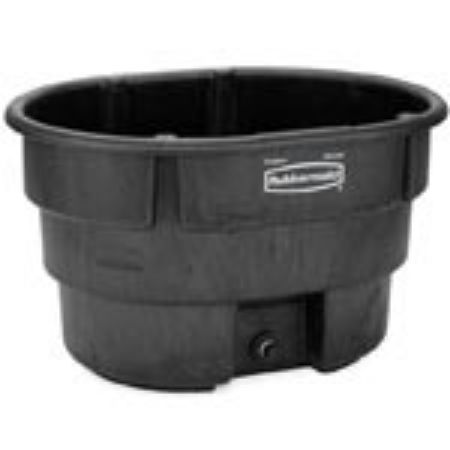 Plastic Water Stock Tank
Plastic Water Stock Tank 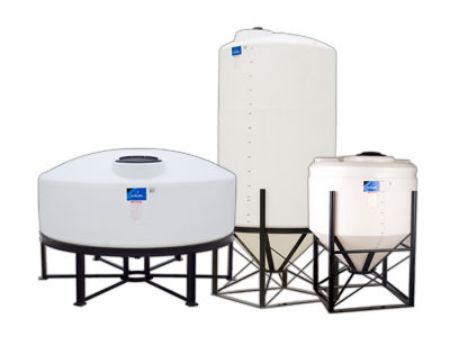 Cone Bottom Tanks - Closed Top Plastic Tanks
Cone Bottom Tanks - Closed Top Plastic Tanks 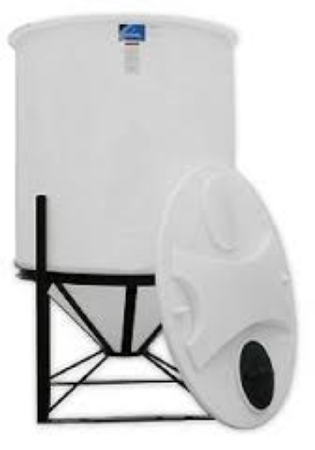 Cone Bottom Tanks - Open Top Plastic Tanks
Cone Bottom Tanks - Open Top Plastic Tanks  Secondary containment basins
Secondary containment basins  Cage Tank Parts (IBC Tote)
Cage Tank Parts (IBC Tote) 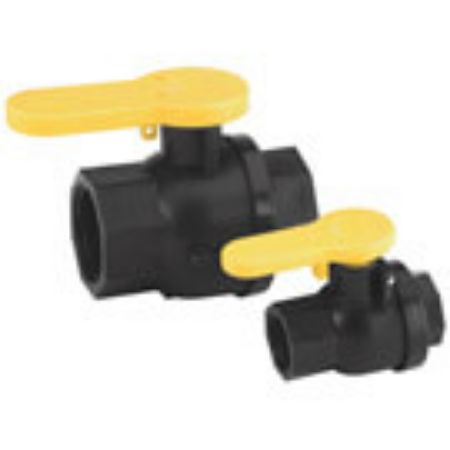 Polypropylene and PVC Ball Valves
Polypropylene and PVC Ball Valves 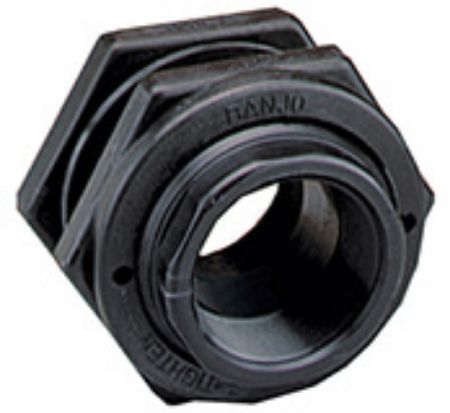 Polypropylene and PVC Tank Fittings
Polypropylene and PVC Tank Fittings 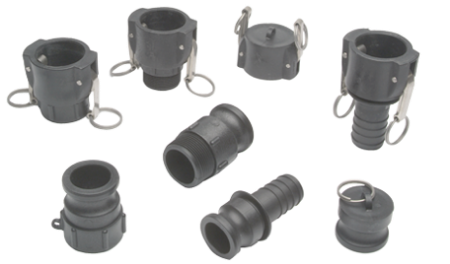 Camlock Fittings
Camlock Fittings  Stainless Steel Bolted Fitting
Stainless Steel Bolted Fitting  Polypropylene Threaded Reducer Nipples
Polypropylene Threaded Reducer Nipples 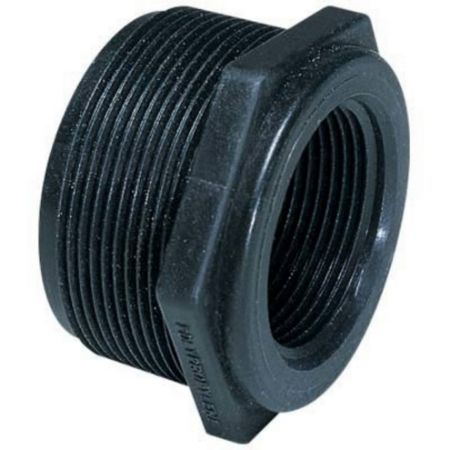 Polypropylene Threaded Reducer Bushings
Polypropylene Threaded Reducer Bushings 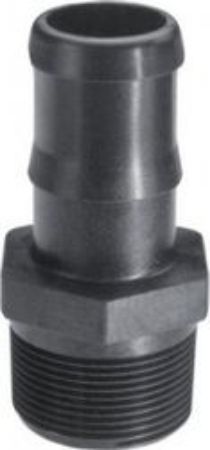 Hose Barb Fitting Adapter
Hose Barb Fitting Adapter 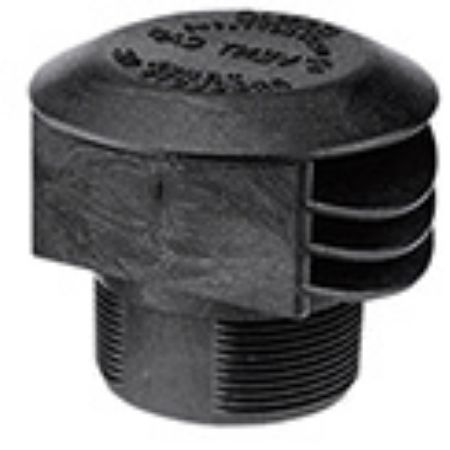 Vent Caps
Vent Caps 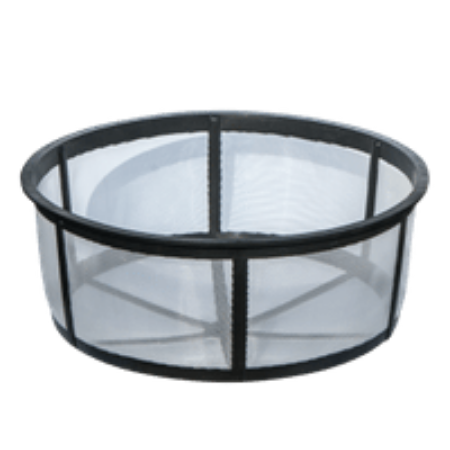 Filter Strainer Baskets
Filter Strainer Baskets  Threaded Pipe Nipples
Threaded Pipe Nipples 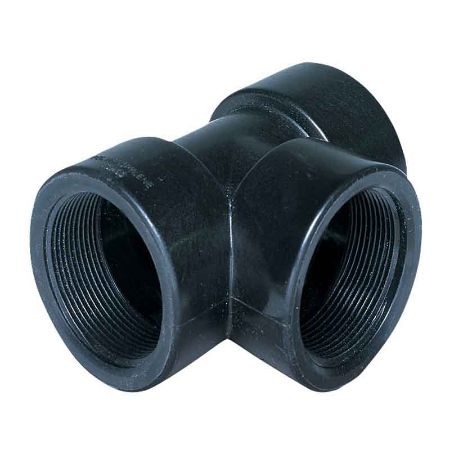 Polypropylene Tee Fitting, NPT Female Thread
Polypropylene Tee Fitting, NPT Female Thread 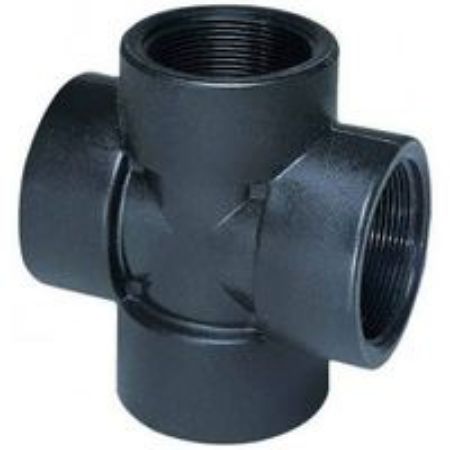 Polypropylene Cross Fitting, NPT Female Thread
Polypropylene Cross Fitting, NPT Female Thread  Drain Plugs
Drain Plugs  Elbow fittings
Elbow fittings  PVC Adapter, NPT Male Thread to Socket End
PVC Adapter, NPT Male Thread to Socket End 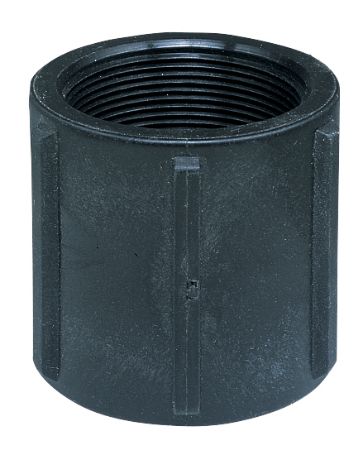 Polypropylene Threaded Pipe Couplings
Polypropylene Threaded Pipe Couplings 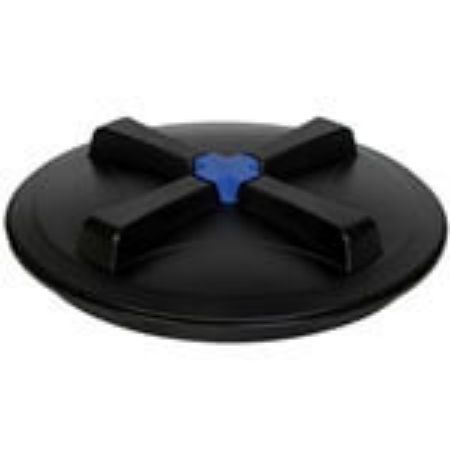 Closed Top Tank Lids
Closed Top Tank Lids  Fire Hydrant Adapters for Quebec
Fire Hydrant Adapters for Quebec 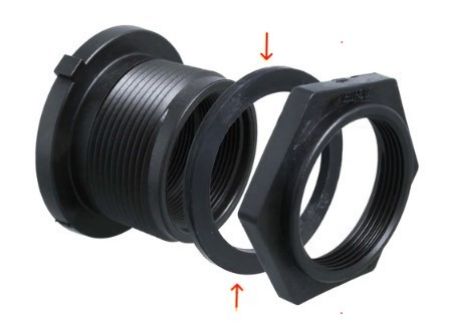 Replacement Gasket for Bulkhead Fitting
Replacement Gasket for Bulkhead Fitting 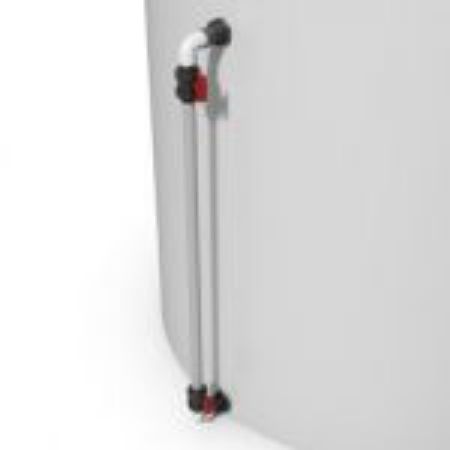 Level Indicator
Level Indicator  Miscellaneous accessories
Miscellaneous accessories  Potable Water Hoses
Potable Water Hoses  Liquid Suction and Discharge Hoses
Liquid Suction and Discharge Hoses 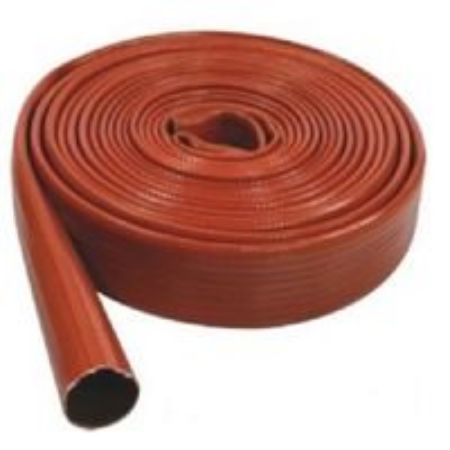 Liquid Discharge Hoses
Liquid Discharge Hoses  Assembled Liquid Discharge Hoses
Assembled Liquid Discharge Hoses 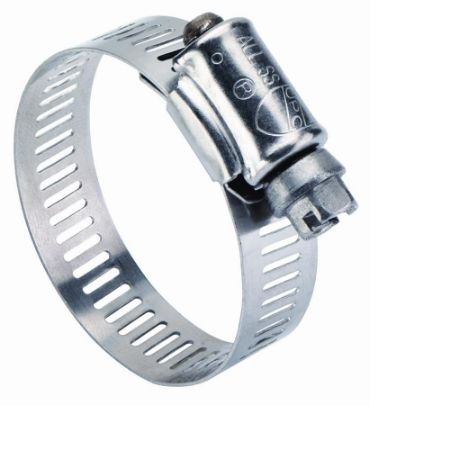 Hose Clamps
Hose Clamps 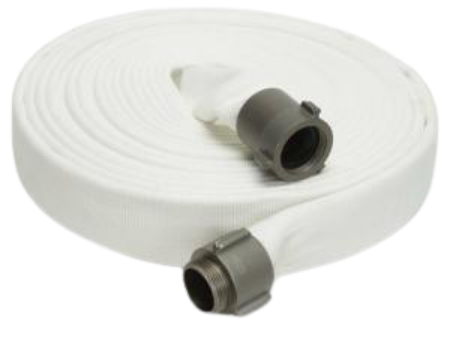 Fire Hose
Fire Hose 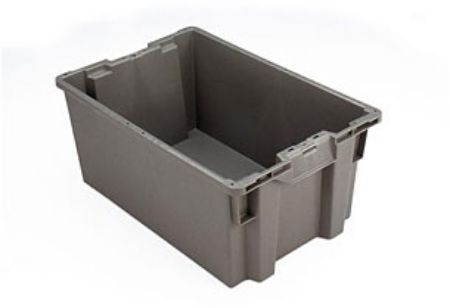 Food Grade Containers, Solid Walls and Bottom
Food Grade Containers, Solid Walls and Bottom 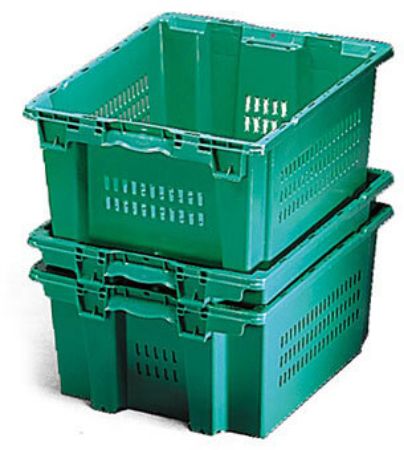 Food Grade Containers, Vented Walls and Bottom
Food Grade Containers, Vented Walls and Bottom 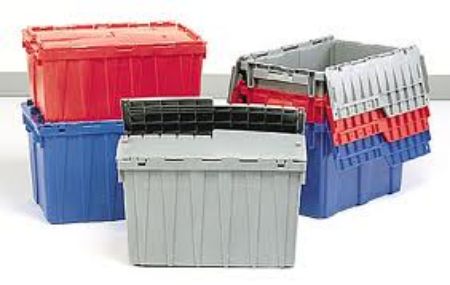 Attached Lids Plastic Containers
Attached Lids Plastic Containers 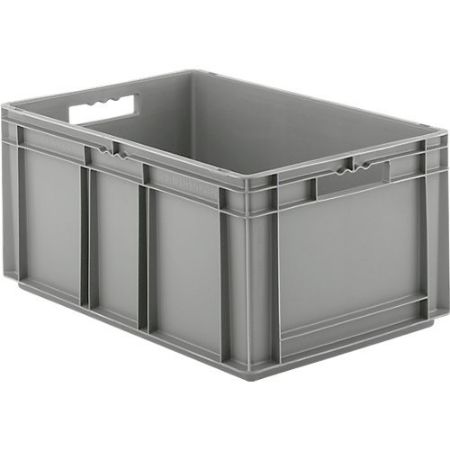 Industrial Plastic Containers, Solid Walls and Botton
Industrial Plastic Containers, Solid Walls and Botton 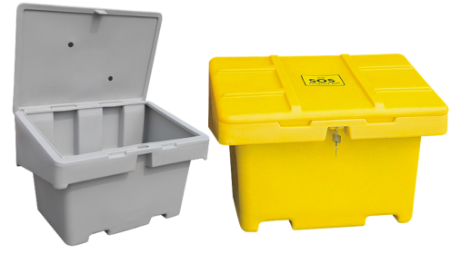 Sand and Salt Plastic Storage Bins
Sand and Salt Plastic Storage Bins 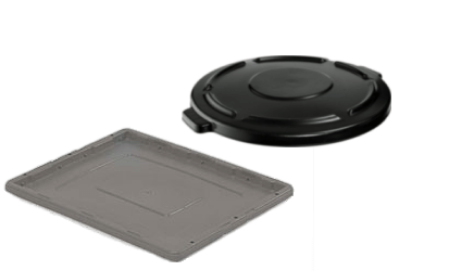 Containers - Lids and Covers
Containers - Lids and Covers  Containers - ID and Hot Stamp
Containers - ID and Hot Stamp  Containers - Dollies
Containers - Dollies 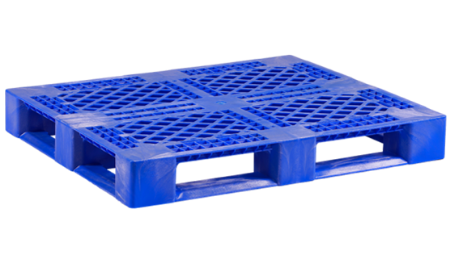 FDA Food Grade Plastic Pallets
FDA Food Grade Plastic Pallets  Industrial Plastic Pallets for Warehouse and Racking
Industrial Plastic Pallets for Warehouse and Racking 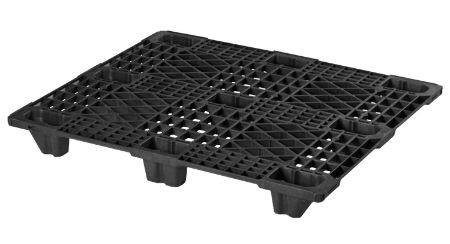 Export Plastic Pallet
Export Plastic Pallet 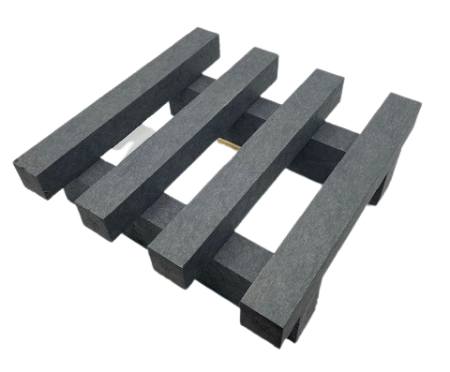 Display Plastic Pallets
Display Plastic Pallets 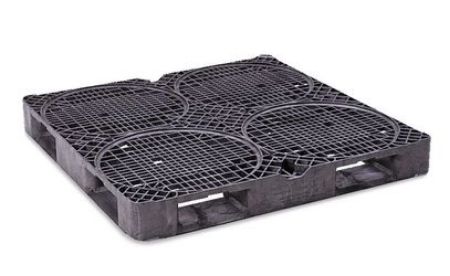 Drum Plastic Pallets
Drum Plastic Pallets 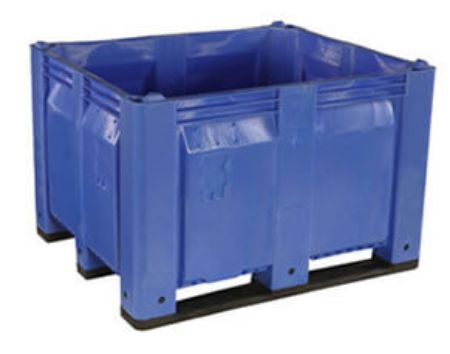 Plastic Pallet Boxes, Solid walls and Bottom
Plastic Pallet Boxes, Solid walls and Bottom 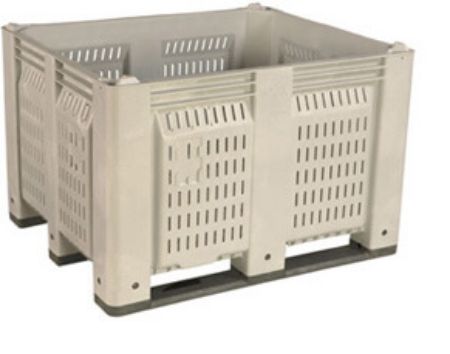 Plastic Pallet Boxes, Vented walls and Bottom
Plastic Pallet Boxes, Vented walls and Bottom 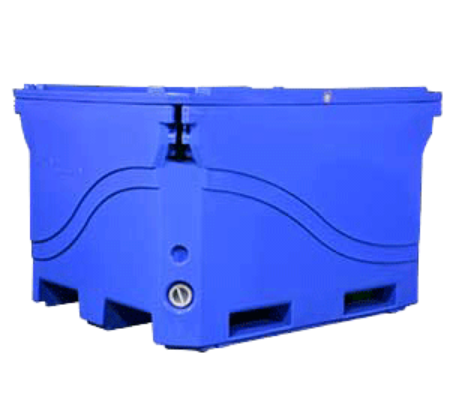 Insulated Plastic Pallet Boxes
Insulated Plastic Pallet Boxes 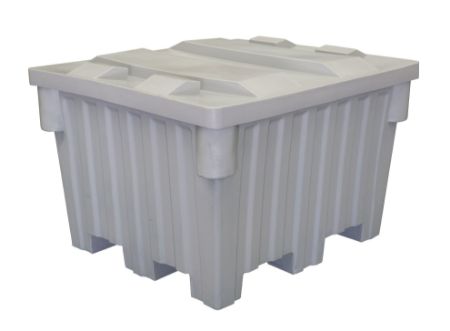 Tapered-wall Pallet Boxes
Tapered-wall Pallet Boxes 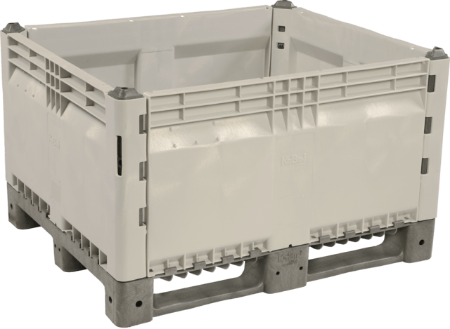 Removable walls Pallet Boxes
Removable walls Pallet Boxes 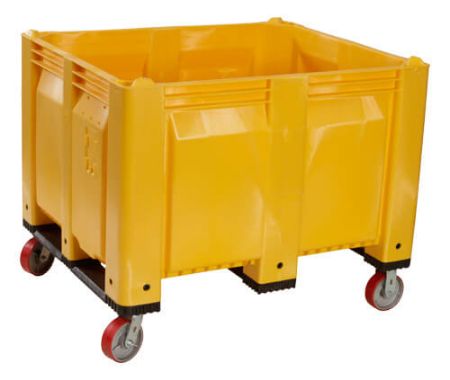 Pallet Boxes on Casters
Pallet Boxes on Casters 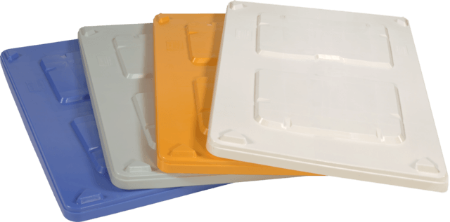 Lids - Pallet Boxes
Lids - Pallet Boxes  Pallet Box Bin Cart
Pallet Box Bin Cart 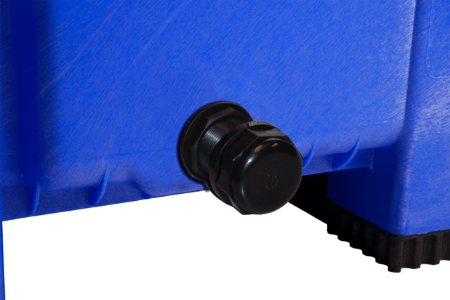 Drain Option for Pallet Boxes
Drain Option for Pallet Boxes  Custom Plastic Pallet Boxes
Custom Plastic Pallet Boxes  Food Grade Buggies / CFIA - FDA Carts
Food Grade Buggies / CFIA - FDA Carts 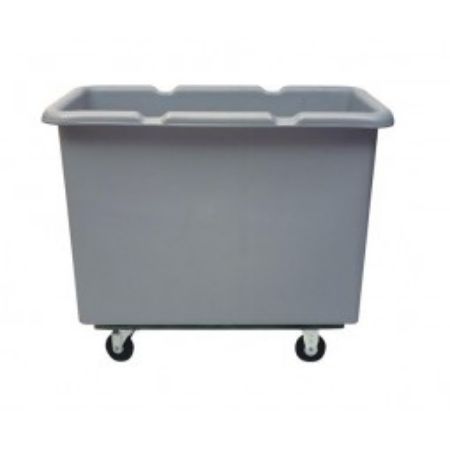 Industrial Poly-Box Trucks
Industrial Poly-Box Trucks 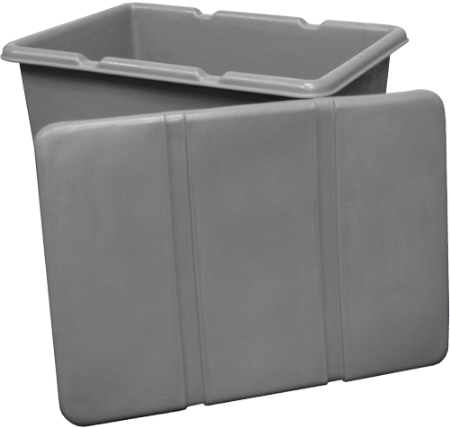 Carts Options and Accessories
Carts Options and Accessories 



